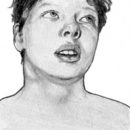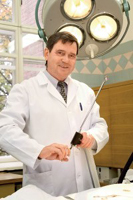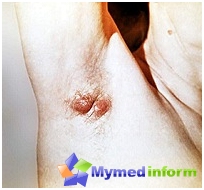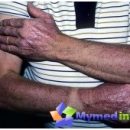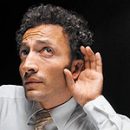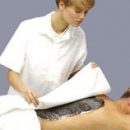The main symptoms of the shock are associated with violation of the blood supply of organs. The first manifestations of shock are the feeling of fatigue, confused, subsequently decreases blood pressure. Shock regardless of the reasons require urgent treatment.
Content
Symptoms and diagnostics of shock
Symptoms of shock are similar regardless of the cause of the occurrence whether it is a low blood volume or inadequate pumping function of the heart. The preponderances of the state are the feeling of fatigue, drowsiness and confusion. The skin becomes cold and wet, often a blue shade and pale. After pressing on the skin, its color is restored much slower than normal. Under the skin there may be a network of bluish lines. The pulse is weak and fast if the shock is not caused by the slow rhythm of heart abbreviations. Man breathes quickly, but also breathing, and the pulse can slow down when death. The drop in blood pressure is so much that it is often impossible to measure the tonometer. When the shock is caused by the extensive expansion of blood vessels, the symptoms are somewhat different. For example, the skin can be warm and red, especially at first.
In the earliest stages of shock, especially septic, many symptoms are absent or detected only with special techniques. Arterial pressure is very low. The separation of urine is also very reduced, and the concentration of toxic exchange products is growing in the blood.
Treatment of Shock
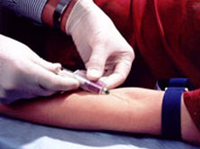 If you do not take urgent measures, shock usually ends with death. The perspective of treatment depends on the cause of the shock concomitant diseases, the time spent from the beginning of the development of the state before the start of treatment, and the type of treatment. The probability of death from shock after an extensive heart attack or septic shock in old age is high regardless of the nature of the treatment.
If you do not take urgent measures, shock usually ends with death. The perspective of treatment depends on the cause of the shock concomitant diseases, the time spent from the beginning of the development of the state before the start of treatment, and the type of treatment. The probability of death from shock after an extensive heart attack or septic shock in old age is high regardless of the nature of the treatment.
The first one who starts therapeutic activities should take care so that the patient does not lose heat. It should be a little lifting his legs to facilitate blood return to the heart. Need to take measures to stop bleeding, check your breath. The head of the patient turns the side to prevent the falling masses in the respiratory tract. It is impossible to give anything through the mouth.
Arriving medical personnel, if necessary, ensures artificial respiration. Any medicines are injected intravenously. Drugs, sedatives and tranquilizers are not prescribed at all, because they are able to reduce blood pressure. Attempts can be made to raise blood pressure using a special anti-lifting costume. It puts pressure on the bottom of the body, thus contributing, thus the influx of blood from the legs to the heart and the brain. Liquid intravenously injected. Blood before transfusion is checked for compatibility.
Intravenous injection of fluid and blood transfusions is not enough to counteract the shock if bleeding or loss of fluid continues, as well as if the shock is caused by a heart attack or other state that is not associated with a decrease in blood volume. In such cases, medications are prescribed that narrow blood vessels to increase the influx of blood to the brain or heart, but they must be used so briefly as possible, because these drugs are able to simultaneously reduce blood flow in tissues.
If the shock is caused by the insufficient pumping function of the heart (myocardial infarction), efforts are directed to improve its contractile ability with funds such as Dopamine, Milrinon. Correct the heart rate and rhythm disorders, if necessary, increase blood volume. To increase the heart rate, atropine and other medicines that increase the reductions of the heart muscle. With a heart attack in the aorta, a special balloon pump can be introduced to temporarily alleviate the symptoms of the shock. After this procedure, an emergency operation of aorticoronary artery shunting or correction of heart defect is sometimes necessary.
If the shock is caused by the infarction, improve the pumping function of the damaged heart and thus eliminate the shock can be an emergency operation - percutaneous transversible coronary angioplasty, performed in order to open the blocked coronary artery. If no more than 6 has passed since the infarction (as a last resort, 12 hours, patients are injected intravenously drugs that dissolve blood clot (thrombolytic drugs).
Shock caused by excessive expansion of blood vessels is treated primarily by drugs that narrow vessels. At the same time adjust the reasons for excessive extension of vessels, that is, the main disease.


